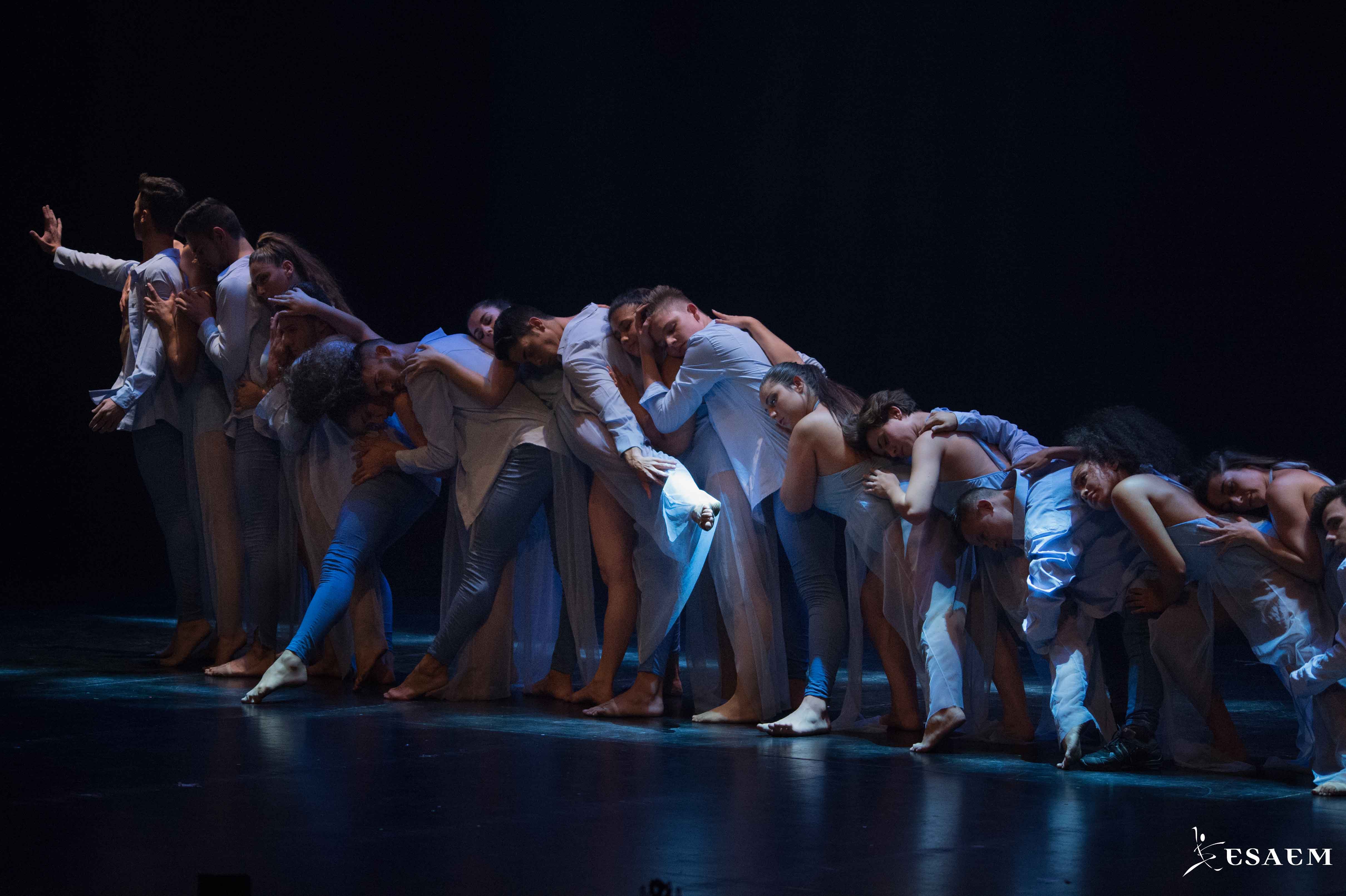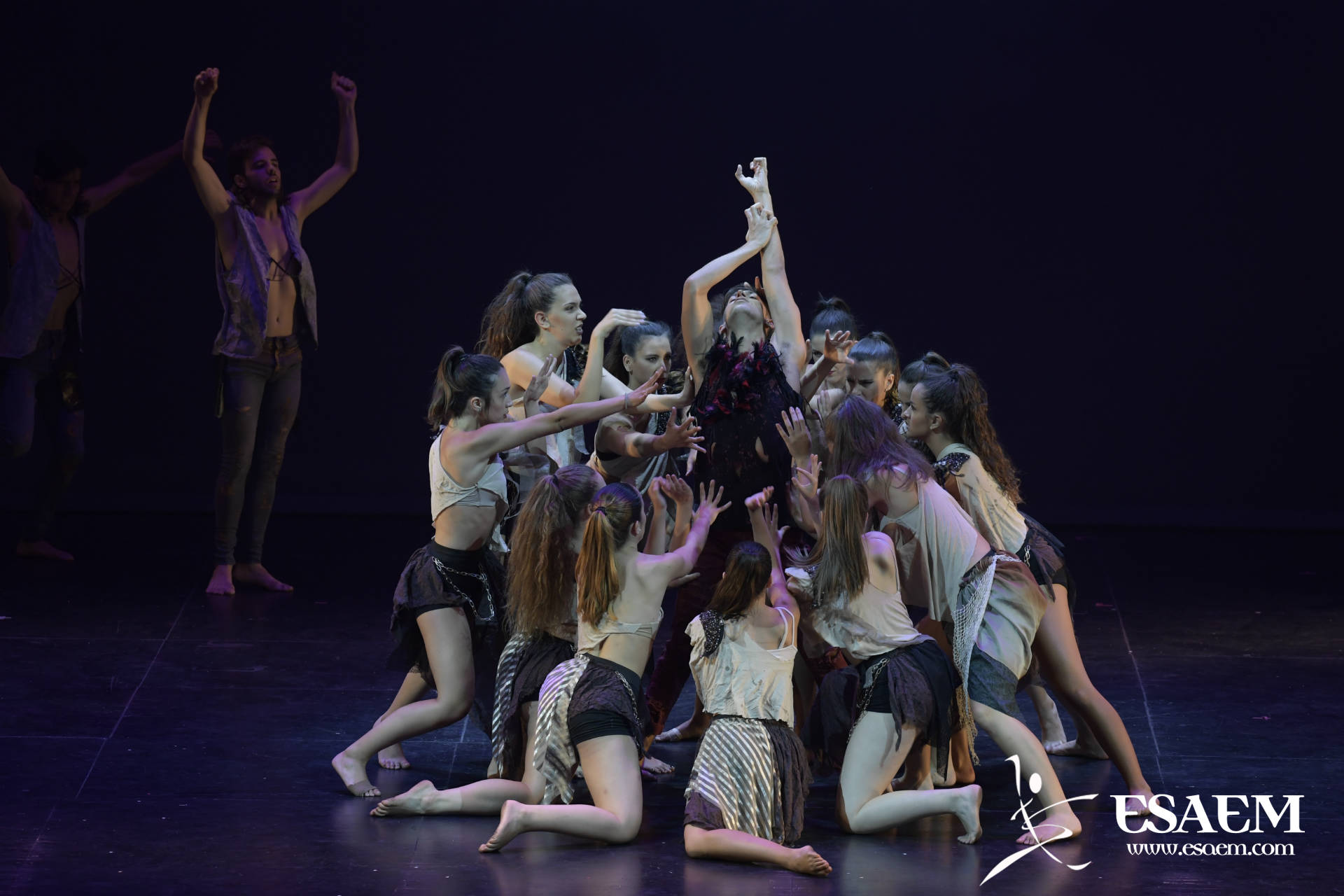Body expression in theatre is an essential component in acting so that any actor can use their full potential and show their technique. It is the oldest communication system of civilization. With their body movements, human beings can communicate moods, emotions, or even what they are thinking at that moment.

What is body expression?
Body language is defined as the language of the body, a means of communication without using words. Verbal language establishes personal relationships, but nonverbal signs express information about external events and can be used in a very creative way. Body language is a universal language of the performing arts. That is why it is so essential and recurrent in theatre. The body posture offers us a lot of information about the characters, to the point of being able to omit it and not include it explicitly in the oral discourse of each of them. A good body expression will help you succeed in castings, do you already know how to prepare yourself for a casting?
The importance of body expression
Body expression was our ancestors’ first means of communication. Its importance dates back to the origin of our civilization, since it was the first form of non-verbal communication among human beings. As an artistic and scenic discipline, theatrical body expression helps to develop the imagination, the capacity to improvise, to be spontaneous, natural and creative. It develops personal growth in many aspects, and leads us to create ways to communicate at deeper levels. Our relationship with others depends to some extent on our body expression.

Body training
Body training is essential for the actor to discover the body movements that best communicate the emotions of each character on stage. Learning the proper techniques to act in theatre must be focused on movement on stage and listening to the other character or the narrator of the plot. The expressive possibilities of the body in theatre are multiple, so actors and actresses have to put themselves in the hands of professionals in the field to learn the technique.
Breathing
In artistic body expression, breathing is the process through which the impulse of a movement is accompanied to change the emotions, the body tone, to place the voice, to dynamize the viscera, etc. When you are trained in body expression, you get awareness of movement and you can use it to convey tranquility and reach states of calm. It is necessary for the student to control their body and their own emotions.
Warming-up
Warming up before a body expression class is important to prepare the body for specific exercises. The main parts of the body to work on in this warming-up are the neck, arms, shoulders, leg muscles, ankles, knees, hips, wrists, and of course the diaphragm. Breathing will play a fundamental role in this warming-up to accompany and push forward each of the exercises.
Relaxation
Relaxation allows to attenuate body and mental tension, increasing energy to develop the physical activity with the most efficient performance. Body expression and relaxation can be coordinated to carry out acting training activities. Flexibility, breathing technique, the relationship with the co-actor or co-actress, etc., find in relaxation a possible way to enhance learning. Body movements in theatre must come from a previous state of relaxation in order to be able to work and express what the character requires.
Necessary conditions to show a good body expression

Plasticity
Plasticity is a characteristic of matter that causes it to deform with no return when the stress to which it is subjected exceeds its elastic range. In the brain, plasticity can be understood as a tool that drives the acquisition of cognitive abilities. Sports activities and physical exercise improve the plasticity of neurons, thus activating areas of the brain that are directly related to learning and memory capacity. Body expression trains neuronal plasticity and improves these capacities considerably.
Flexibility
Flexibility is a necessary condition to be able to perform the most optimal and expressive body movements in theatre. Communicating with the body is essential, so the more movement capacity it has and the more flexible it is, the better it will express emotions, feelings, sensations…
Examples of body exercises
Here are some exercises to improve posture and body expression in theatre.
- Work on your elasticity by stretching your body. Simulate that you want to touch the ceiling with your fingertips.
- Work on plasticity by playing to acquire different shapes with your body (wheel, ball, letters…use your imagination!)
- Work on elasticity by leaning forward to touch your toes and keep that position. Then, grab your ankles, breathe slowly, relax and slowly climb up.
- Respecting your body, keep repeating these exercises (x15 for example).
- Research on varied activities that exercise your body is essential. Try to find those that motivate you and make you have fun. Create a routine to train your body and follow it whenever you are motivated.
- Once you have acquired some skills, with the help of a professional you can start working on jumps, pirouettes, etc. Dance is a good discipline to work on body expression, but only if it is taught by a qualified professional.

Principle of harmony
The principle of body harmony is based on the fact that any completion of a movement must be the beginning of the next one. Therefore, the achievement of a movement has to be the beginning of another one that is executed later. This is how it is done in succession. Under this principle of harmony, the bases of body expression in theatre are established. In this way, the spectator will perceive the movements of the actors and actresses in an integrated and harmonious way. The consonance of movements will allow the receiver to concentrate better on the storyline and let their emotions come to the surface, allowing them to be carried away by the show as a whole.












